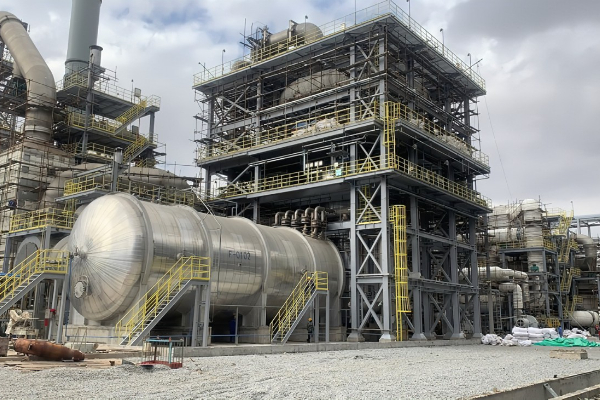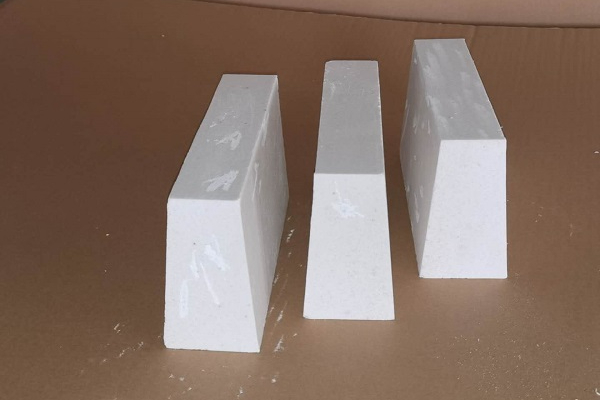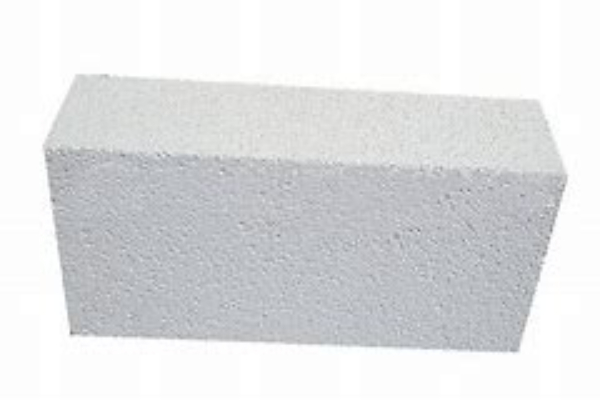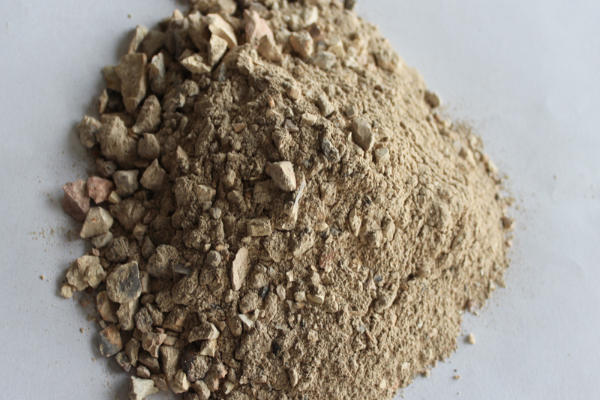Welche feuerfesten Materialien werden in Schwefelverbrennungsanlagen verwendet??
Eine Schwefelverbrennungsanlage ist eine der häufigsten Hochtemperaturanlagen in der Chemie, metallurgisch, und andere Industriebereiche, hauptsächlich zur Verbrennung und Oxidation von Sulfiden verwendet. Aufgrund der hohen Temperatur und der stark korrosiven Arbeitsumgebung, Es werden extrem hohe Anforderungen an feuerfeste Materialien gestellt. Die Auswahl geeigneter feuerfester Materialien ist entscheidend für den effizienten Betrieb und die lange Lebensdauer von Schwefelverbrennungsanlagen. Ziegel mit hohem Aluminiumoxidgehalt, Quarzsteine, Mullitsteine, Feuerfeste Materialien aus Zirkonium, und verschiedene Isoliermaterialien sind allesamt unverzichtbare Schlüsselmaterialien in Schwefelverbrennungsanlagen. Im Folgenden finden Sie eine Einführung in die feuerfesten Materialien, die üblicherweise in Schwefelverbrennungsanlagen verwendet werden.

Einführung in feuerfeste Materialien, die üblicherweise in Schwefelverbrennungsanlagen verwendet werden

Korundstein: Korundstein ist ein feuerfestes Hochtemperaturmaterial aus Aluminiumoxid und Korund (die Hauptkristallphase in Aluminiumoxid). Aufgrund seiner guten Hochtemperaturbeständigkeit wird Korundstein häufig in verschiedenen industriellen Anwendungen eingesetzt, Verschleißfestigkeit, und chemische Stabilität.
Korund-Mullit-Ziegel: Es vereint zwei Kristallphasen, Korund und Mullit. Korund-Mullit-Ziegel enthält normalerweise Aluminiumoxid, Korund, und Mullit in seiner Zusammensetzung. Die Kombination der beiden verleiht dem Ziegel einige gute Eigenschaften und wird häufig in Hochtemperatur-Industriebereichen eingesetzt, vor allem bei Hochtemperaturstabilität, Verschleißfestigkeit, und chemische Stabilität müssen gleichzeitig berücksichtigt werden.

Feuerfestes, gießbares Material: Dies ist ein gießbares feuerfestes Material, Wird normalerweise für den Boden von Schwefelöfen und anderen Teilen mit komplexen Formen verwendet. Castables sind flexibler als feuerfeste Steine, lassen sich leichter an verschiedene Formen anpassen, und sind einfach zu konstruieren.

Feuerfeste Beschichtung: Hierbei handelt es sich um eine Beschichtung, mit der die Oberfläche des Ofens bedeckt wird, um zusätzlichen Feuerwiderstand zu gewährleisten. Es kann auf die Oberfläche von feuerfesten Steinen oder anderen feuerfesten Materialien aufgetragen werden, um deren Korrosionsbeständigkeit zu verbessern.
Feuerfeste Keramikfaserprodukte: Keramikfaserprodukte werden zur Wärmekonservierung und zum Füllen von Rissen und Poren in Ofenkörpern verwendet. Dieses Material ist leicht und hat gute Wärmedämmeigenschaften.

Korrosionsbeständige Beschichtung: Bei der Verbrennung von Schwefelerz können korrosive Gase entstehen, Eine korrosionsbeständige Beschichtung kann dazu beitragen, den Ofenkörper vor Korrosion zu schützen.
Hochtemperaturbeständiger Mastix: Wird zum Befestigen und Verbinden von feuerfesten Materialien verwendet, um sicherzustellen, dass ihre strukturelle Integrität in Umgebungen mit hohen Temperaturen erhalten bleibt.
 Rongsheng Refractories Factory
Rongsheng Refractories Factory
WeChat
Scannen Sie den QR-Code mit wechat